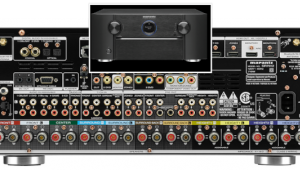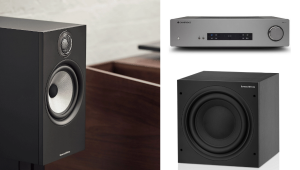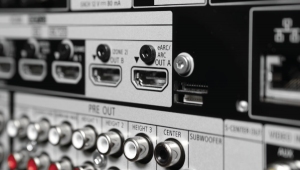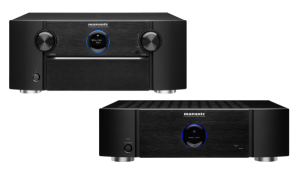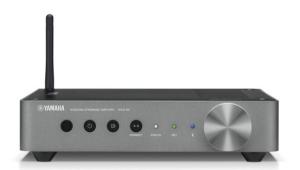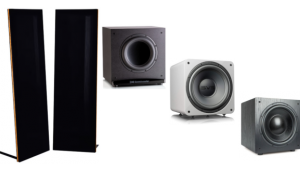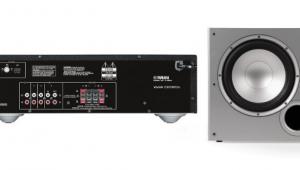RPTVs, Speakers, Aspect Ratios

I think you're a little harsh on rear-projection HDTVs. They've changed. For instance, the 67-inch Samsung I bought last year has no lamp and no color wheel. It's lit by three LEDs that fire their color beams directly at the DLP chip. No lamp to replace, no mechanical troublemaker. Also, the picture fully retains its brightness within an arc that is realistic for most home viewing.
I think DLP provides a crisper picture than LCD, especially when it comes to motion. And it's thousands of dollars cheaper than any LCD or plasma of the same big size. So what if it has a fat ass? Even there, it's been on a diet.
John Mainelli
I agree that LED illumination is theoretically great, though my review of such a set a couple of years ago was not all that positive. And DLP is generally very crisp-looking and certainly sharper than LCD when it comes to motion. Finally, you are entirely correct that RPTV offers the best bang for the buck at large screen sizes.
However, Samsung doesn't make RPTVs any more, so there are no LED-illuminated models available today. Mitsubishi is the only player in that market, and its LaserVue laser-illuminated RPTV (shown above) is similar in concept to the LED model you have (no color wheel, no lamp, separate RGB light sources). But it's $6000 for a 65-inch screen! Sorry, but RPTV is a dying breed.
Old vs. New
What are the biggest advantages of the latest models of speakers versus older models? I have spent a fortune on all kinds of speakers over the past 40 years, and I always end up going back to my old Klipsch Heresys! I don't mind spending money if I get an audible improvement. I do know that, as an older person, my ability to hear high frequencies is less than it used to be. I have also learned (after spending even more money) that sat/sub systems sacrifice a great deal in sound quality. Any advice?
Mike White
I can't think of many real advantages of new speakers versus old; speaker technology hasn't changed all that much for decades. Of course, there have been various refinementsbetter components in the crossovers, more advanced diaphragm materials, better cabinet designswhich may or may not make all that much difference in the final sound. In high-end speakers, I do see more frequency-response specs well beyond 20kHz these days, but I question the usefulness of such a high-end response, especially for older guys like us!
I know plenty of people who are perfectly happy with speakers they got many years ago. In fact, I still use Tannoy NFM-8s in my home recording studio, and they still sound great after more than 20 years. Assuming the flexible surrounds or other parts haven't degraded over time, older speakers should continue to perform as they did when they were new.
A Certain Aspect
I have recently noticed on the back of certain Blu-ray disc boxes that the aspect ratio is specified as "1080p High Definition 16x9 2.4:1" or "16x9 Widescreen 2.35:1." What do these mean?
Richard Ziegenfuss
Pretty confusing, I agree. Basically, this means that the video image on the disc is intended to be displayed on an HDTV whose entire screen exhibits an aspect ratio of 16:9 (1.78:1), but the actual active image area has an aspect ratio of 2.35:1 or 2.40:1, which are common aspect ratios for theatrical movies. As a result, there will be black letterbox bars above and below the image on the HDTV's screen unless you select one of the TV's zoom modes, which I emphatically do not recommend in order to preserve the director's intent.
If you have a home-theater question, please send it to scott.wilkinson@sorc.com.
